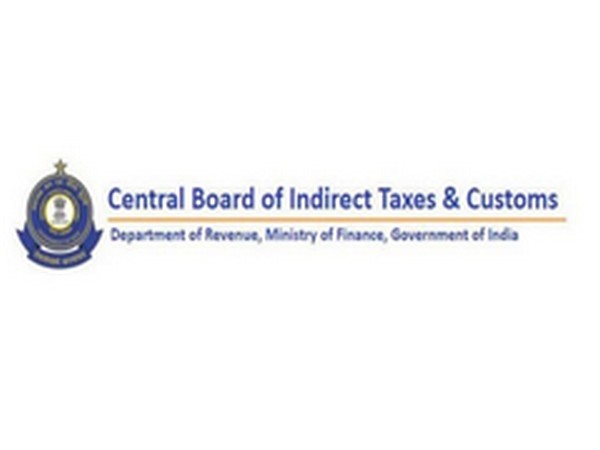CBIC issues SoPs for scrutiny of GST returns for FY'20 onwards; DGARM to identify cases
DGARM will select the GSTINs registered with the Central Tax authorities, and the details of the GSTINs selected will be made available on the scrutiny dashboard of the concerned Central Tax officer on the ACES-GST application.The details of the risk parameters, in respect of which risk has been identified for a particular GSTIN, and the amount of tax discrepancy involved in respect of the concerned risk parameters i.e. likely revenue implication, will also be shown on the scrutiny dashboard of the proper officer for their convenience, the SoP said.

- Country:
- India
The CBIC has come out with a standard operating procedure (SoP) for scrutiny of GST returns for fiscal 2019-20 onwards under which the analytics unit will identify returns for scrutiny depending on various risk parameters.
As per the SoP, the selection of returns for scrutiny will be done by the Directorate General of Analytics and Risk Management (DGARM) based on various risk parameters identified by them. DGARM will select the GSTINs registered with the Central Tax authorities, and the details of the GSTINs selected will be made available on the scrutiny dashboard of the concerned Central Tax officer on the ACES-GST application.
''The details of the risk parameters, in respect of which risk has been identified for a particular GSTIN, and the amount of tax/ discrepancy involved in respect of the concerned risk parameters (i.e. likely revenue implication), will also be shown on the scrutiny dashboard of the proper officer for their convenience,” the SoP said. Earlier this month, the Central Board of Indirect Taxes and Customs (CBIC) had rolled out a module for automated scrutiny of GST returns. The module enables tax officers to carry out scrutiny of GST returns of Centre administered taxpayers selected on the basis of data analytics and risks identified by the System.
The SoP further said that as the data made available on the dashboard has been generated at a particular point in time for the calculation of risk parameters, this data may undergo a change at the time of scrutiny of returns, due to subsequent compliances carried out by the taxpayer or by the suppliers of the taxpayer. The concerned tax officer shall, therefore, rely upon the latest available data, it added.
The concerned Central Tax officer would have to conduct scrutiny of returns pertaining to a minimum of 4 GSTINs every month, which would include scrutiny of all returns pertaining to a financial year for which the said GSTIN has been selected for scrutiny.
“As far as possible, scrutiny of return should have a minimal interface between the proper officer and the registered person and, there should normally not be any need for seeking documents/ records from the registered persons before issuance of Form GST ASMT-10,” it added.
GST ASMT-10 is a scrutiny notice that a tax officer would send to an assessee.
On receipt of such notice in GST ASMT-10 on the common portal, the registered person may accept the discrepancy mentioned in the said notice, and pay the tax, interest and any other amount arising from such discrepancy and inform the same or may furnish an explanation for the discrepancy in Form GST ASMT-11, through the common portal, to the proper officer within the specified time period of 30 days, the SoP added.
Abhishek Jain, Partner & National Head - Indirect Tax, KPMG in India said these SOP would bring a uniform and consistent methodology to authorities to perform the scrutiny of returns filed by taxpayers. Now businesses should take a proactive step and prepare requisite reconciliations with intact reasons/ records to substantiate such differences.
AMRG & Associates Senior Partner Rajat Mohan said DG Systems has developed the functionality “Scrutiny of Returns”, and this will further boost the efforts of the department to leverage technology and risk-based tools to encourage self-compliance and to conduct scrutiny of returns with minimal human interaction. This will arrest clerical errors and identify unscrupulous elements in the supply chain using extensive data available.
(This story has not been edited by Devdiscourse staff and is auto-generated from a syndicated feed.)










